How Rugged Handheld Terminals Are Transforming Retail Operations
The retail industry is undergoing a digital transformation, with technology playing a crucial role in improving efficiency, accuracy, and customer satisfaction. One of the most impactful innovations in recent years is the adoption of rugged handheld terminals (RHTs). These durable, multifunctional devices are revolutionizing retail operations by streamlining inventory management, enhancing in-store mobility, and enabling faster checkout processes.
Unlike standard consumer-grade tablets or smartphones, rugged handheld terminals are built to withstand harsh retail environments—resistant to drops, spills, dust, and extreme temperatures. Retailers across various sectors, from supermarkets to electronics stores, are leveraging these devices to optimize workflows and gain a competitive edge.
In this blog, we’ll explore how rugged handheld terminals are transforming retail operations, their key benefits, and real-world applications.
1. Enhanced Inventory Management
One of the biggest challenges in retail is maintaining accurate inventory levels. Stockouts and overstocking lead to lost sales and increased costs. Rugged handheld terminals solve this problem by enabling real-time inventory tracking.
Key Features:
-
Barcode & RFID Scanning – Employees can quickly scan items to update stock levels instantly.
-
Cloud Synchronization – Data is synced with central inventory systems, reducing discrepancies.
-
Automated Reordering – Some RHTs integrate with ERP systems to trigger automatic restocking when levels are low.
Impact:
Retailers can minimize stock discrepancies, reduce manual errors, and ensure shelves are always stocked with the right products.
2. Faster Checkout and Mobile POS Capabilities
Long checkout lines frustrate customers and lead to cart abandonment. Rugged handheld terminals with mobile Point-of-Sale (mPOS) functionality allow staff to process payments anywhere in the store.
Key Features:
-
Portable Payment Processing – Employees can accept card payments on the spot.
-
Receipt Printing – Some models support Bluetooth-connected printers for instant receipts.
-
Self-Checkout Assistance – Customers can scan items themselves with staff assistance if needed.
Impact:
Stores can reduce queue times, improve customer experience, and even implement flexible pop-up checkout stations during peak hours.
3. Improved Employee Productivity
Retail staff often waste time running back and forth between shelves and stationary computers. Rugged handheld terminals empower employees with mobility, allowing them to access product information, check prices, and assist customers on the go.
Key Features:
-
Real-Time Data Access – Staff can look up product details, availability, and alternative options instantly.
-
Task Automation – Managers can assign tasks (e.g., restocking, price updates) directly to employees via the device.
-
Communication Tools – Built-in messaging and call functions improve team coordination.
Impact:
Employees spend less time on manual processes and more time engaging with customers, leading to higher sales and satisfaction rates.
4. Seamless Omnichannel Integration
Today’s retail landscape is omnichannel—customers expect a seamless experience whether they shop online, in-store, or via mobile apps. Rugged handheld terminals bridge the gap between digital and physical retail.
Key Features:
-
Order Fulfillment – Staff can process buy-online-pickup-in-store (BOPIS) or ship-from-store orders efficiently.
-
Customer Profile Access – Sales associates can pull up purchase history and preferences for personalized service.
-
Live Stock Visibility – Customers can check real-time availability before visiting the store.
Impact:
Retailers can deliver a unified shopping experience, increasing loyalty and repeat business.
5. Durability and Cost Savings
Unlike consumer-grade devices, rugged handheld terminals are designed for heavy daily use. Their durability translates into long-term cost savings.
Key Features:
-
Drop & Water Resistance – Survives accidental falls and spills.
-
Long Battery Life – Reduces downtime with extended usage per charge.
-
Easy Maintenance – Modular designs allow quick repairs, minimizing device replacement costs.
Impact:
Retailers avoid frequent device replacements, reducing total cost of ownership (TCO).
Real-World Examples
-
Walmart uses rugged handheld terminals for inventory management, reducing stock discrepancies by over 30%.
-
Best Buy employs mPOS-enabled RHTs to speed up checkout during holiday rushes.
-
Zara leverages RFID-equipped terminals for real-time stock updates across global stores.
Conclusion
Rugged handheld terminals are no longer just a luxury for large retailers—they are becoming a necessity for any business looking to enhance operational efficiency and customer satisfaction. From inventory management to mobile checkout and omnichannel integration, these devices offer a versatile solution to modern retail challenges.
As technology continues to evolve, we can expect even smarter RHTs with AI-powered analytics, augmented reality (AR) for product visualization, and enhanced connectivity with IoT devices. Retailers who adopt these tools today will be better positioned to thrive in an increasingly competitive market.
Is your retail operation ready for the rugged handheld revolution? Investing in the right device could be the key to unlocking greater productivity and profitability.
No comments


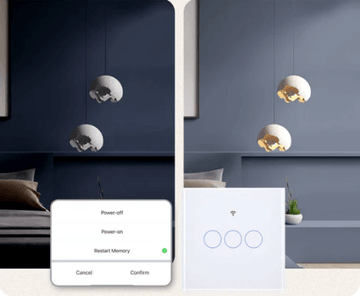


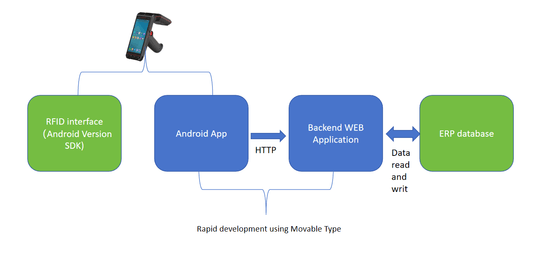
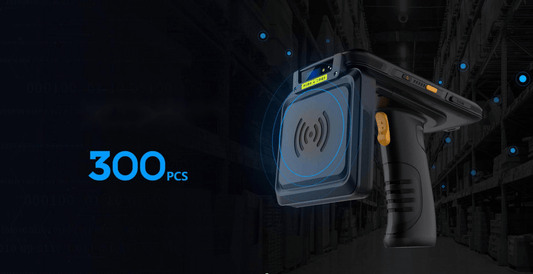
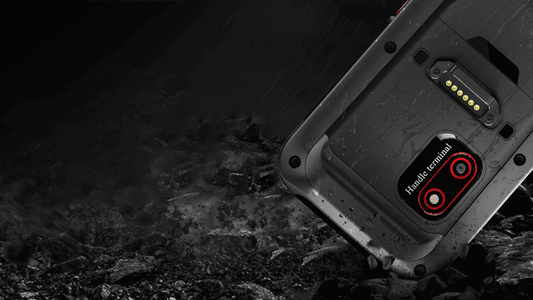


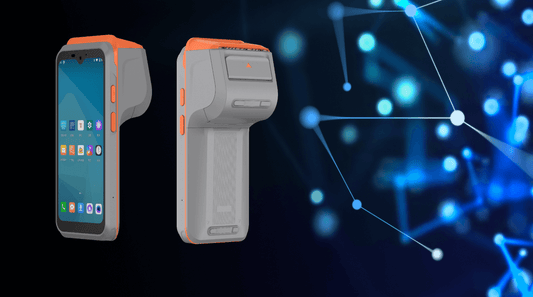
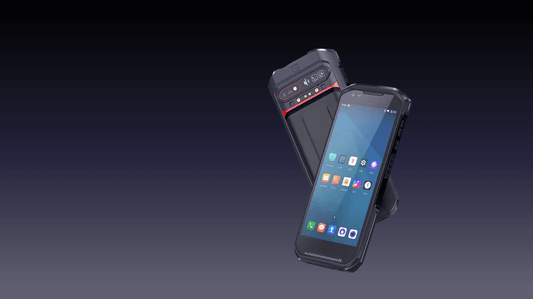
0 comments